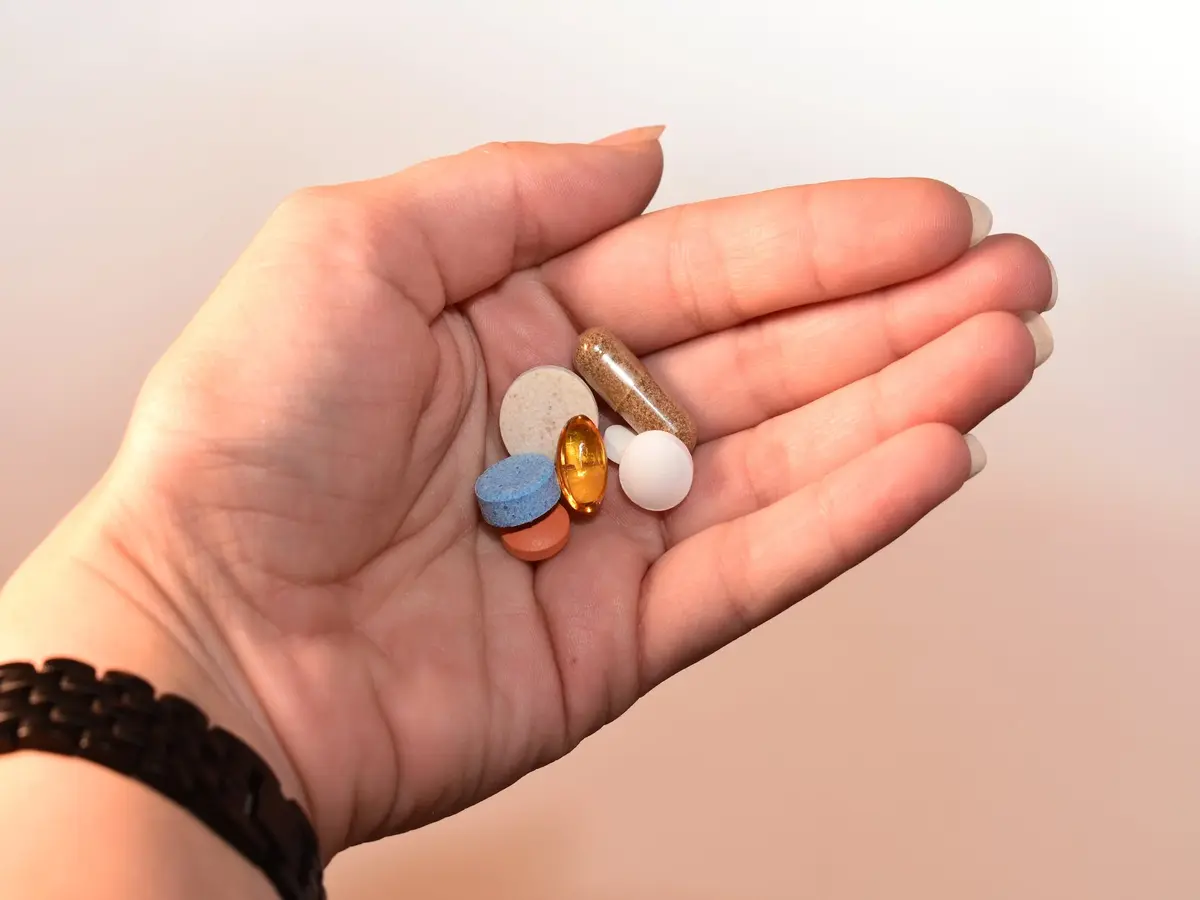Gastroretentive drug delivery system is a newly discovered drug delivery system. Learn definition, applications, advantages and disadvantages.
What is gastroretentive drug delivery system?
It is a specialized drug delivery systems which designed to prolong the gastric residence time of drugs and enhance their bioavailability and therapeutic effect.
So, dosage forms formulated for gastroretentive drug delivery system remain in the gastric region for prolonged periods and increase the Gastric Retention Time (GRT).
Approaches for GRDDS
Floating systems:
A floating drug delivery system is a novel approach designed to achieve optimal drug bioavailability. This system is particularly useful for drugs that undergo absorption in the stomach or upper small intestine. This system uses low-density formulations to keep drugs buoyant in the stomach. For examples, floating tablets, capsules containing gas-generating agents.
High density systems:
High-density drug delivery systems include the formulations which has high density than stomach content. In the formulation they use materials like iron or barium to increase density. Though a density of 2.5 gm/cm³ is needed for prolonged gastric residence. But this system isn’t effective in humans and such formulations are not available in the market.
Inflatable systems:
These systems designed to inflate or swell after administration. This system prevents their passage through the pyloric sphincter.
Gastroadhesive systems:
Gastroadhesive drug delivery systems use sticky mucoadhesive polymers (natural or semi-synthetic) that adhere to the gastric mucosal surface. This adhesion prolongs the drug timing in the gastrointestinal tract and improving its effectiveness. The polymers achieve adhesion through hydration, bonding or receptor-mediated mechanisms, ensuring targeted drug delivery. This system also known as, bioadhesive or mucoadhesive drug delivery system.
Factors affecting gastric retention time of the dosage form
Density: The dosage form should be less dense than gastric contents (1.004 gm/ml).
Size: Forms with a diameter above 7.5mm have longer gastric residence time.
Shape: Tetrahedron-shaped forms stay longer and offer predictable release profiles.
Nature of meal: Indigestible polymers or fatty acids intake reduces gastric emptying and prolonging drug release.
Caloric content: High-caloric intake, like protein and fat can increase gastric retention time.
Frequency of Feed: Successive meals extend gastric retention time due to lower Migrating Motor Complex (MMC) frequency.
Gender: Males generally have shorter gastric retention time compared to females.
Age: Significantly longer GRT is observed in people of more than 70 years of age.
Concomitant Drugs: Anticholinergic drugs and opiates can extend gastric retention time.
Applications of GRDDS
Enhanced bioavailability: GRDDS like Riboflavin gastroretentive dosage from (GRDF) boost bioavailability compared to standard formulations.
Reduced dosing frequency: Sustain drug release of GRDF decrease the need for frequent dosing and improve patient compliance.
Targeted upper GIT therapy: GRDDS deliver drugs to the stomach and offer targeted therapy for local upper gastrointestinal ailments.
Stable drug concentrations: GRDFs maintain blood-drug levels, reduce fluctuations and preventing adverse effects.
Site-specific delivery: Beneficial for drugs with limited absorption sites. GRDDS control drug release to the stomach and minimize systemic exposure and side effects by reducing dosing frequency.
Advantages of gastroretentive drug delivery system
- Increases drug bioavailability and curative efficiency.
- Enhances economic dosage usage.
- Reduces antibiotic resistance risk.
- Improves drug release efficiency.
- Ensures patient compliance with reduced dosage frequency.
- Treats stomach and small intestine problems with sustained drug release.
- Reduces chances of drug over-exposure at diseased sites.
- Minimizes fluctuations in drug concentration and their effects.
- Highly efficient due to reduced counter activity by the body.
- Offers controlled rates of fluctuation which provides selectivity in receptor activation.
Disadvantages
- Increases the level of fluids required in the stomach.
- Unsuitable for poorly soluble drugs.
- Unpredictable drug-mucus adherence due to continuous mucus wall renewal.
- Hydrogel-based systems take longer to swell.
- Multiple doses may increase drug concentration and increase life-threatening risks.
- Super-porous systems face storage challenges with degradable polymers.
Also read Transdermal Drug Delivery System (TDDS).

